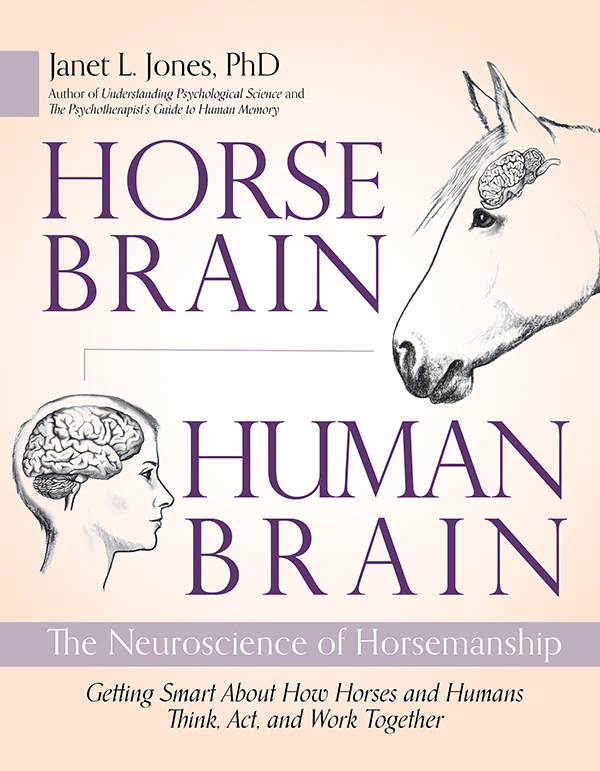TRUE TRAINING 62 - Move Up!
During True’s first rides in 2019, I noticed that he doesn’t move forward off my leg as promptly as he should. I described that in Posts 10 and 21, and occasionally mentioned it in later posts as well.
At the time, I wrote “Moving forward is Kindergarten Lesson Number One. Many adult horses exhibit performance problems that are rooted in reluctance to move forward. I need to solve this problem before it creates others in the future.”
Yes. Well. Here we are in the future, evidently this problem has not been solved, and it IS creating others. Let me clarify the issue. It’s not that True won’t go fast. He will. In fact, drop a couple sheep or cows in front of him, and he’ll spin and run away faster than you can hang on to him! And he’ll increase his speed at any gait when asked. The problem occurs in upward transitions—walk to trot, trot to canter, walk to canter. When I first apply legs to his sides, his immediate response is to suck back rather than to move up. It lasts for only 3 or 4 seconds, then he moves on. But I can feel the reluctance in his behavior.
What kinds of “future problems” can this create? Well, let’s chat about last week’s ride when I asked with both legs for True to move from the walk to the trot. He stopped dead, so fast that my upper body pitched forward. I’m a balanced lifelong rider; that doesn’t happen unless the horse applies the brakes hard and unexpectedly. I asked again with my legs. Nothing. Pressed harder. True pinned his ears and remained in place. I touched with my spurs. And darned if the little stinker didn’t lift both front feet off the ground. Yes, True!—horse of my heart, baby of good babies, star of True Training, Little Mr. Perfect!! He didn’t lift by a lot, maybe 6 inches, but that is NOT acceptable.
He has no excuses. He’s sound and healthy as any horse could be, the footing is comfortable on his hooves, he knows the meaning of leg pressure, he’s had plenty of practice responding to it, and he’s in a familiar arena with nothing scary going on.
Every day since, we’ve been working on moving forward. This can be a difficult problem to fix because it has to be done while riding the horse. I have found no good way to simulate a rider’s double leg pressure from the ground. When asked in the round pen or on a longe line to change to faster gaits, True responds immediately. Yet the momentary balking under saddle during those upward transitions continues.
I’ve been aplying some trial and error to the problem. Pressing harder is not the answer. This fits with basic knowledge of negative reinforcement. We apply x amount of pressure until the horse responds favorably, then we release it. We do not apply x - X - XX – XXX amounts of increasing pressure, even though that’s the human temptation.
Also, as you know, I prefer to train by reward rather than negative reinforcement because it is more effective, especially when done in ways that match equine brain function. True is responding better now that I apply leg pressure, then WAIT with that pressure held constant. The wait isn’t long – a few seconds. When he responds by moving up, I reward him with praise, strokes, a loose rein, and verbal praise that he has been conditioned to understand.
I am also requesting more upward transitions from him, so that he gets plenty of practice at moving forward into all gaits when I ask. This allows me to test his behavior more often, to give him the opportunity to balk so I can teach him that it’s not the right response. I am also setting the stage occasionally to motivate him to move up. For example, if there’s a mare in the arena, he hops to immediately instead of sucking back (see Post 60). Alleviating boredom helps, so I add unusual poles and small easy obstacles, figure eights, or serpentines, for him to negotiate between upward transition trials. Something to engage his mind.
Right now, we practice mostly the easier transitions: halt to walk, walk to trot, trot to canter. AFter he learns to move off my leg instantly for those, I’ll ask for halt to canter and halt to gallop transitions.
My hope is that I can reduce True’s initial wait time gradually by practicing daily at easier gaits and training with reward. I’ll let you know how it goes. If those cute front feet come off the ground again and it becomes necessary to be more assertive, I’ll make my plan in advance and choose my day carefully, and I will be certain to win the battle. But there's a good chance we can avoid that.

